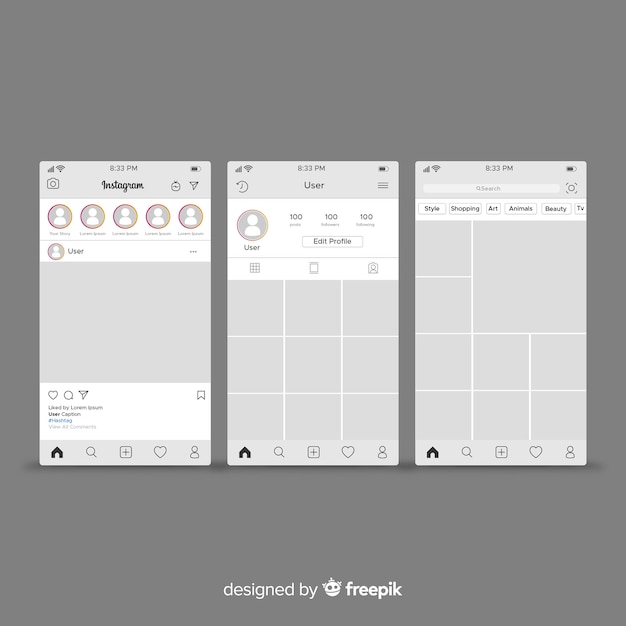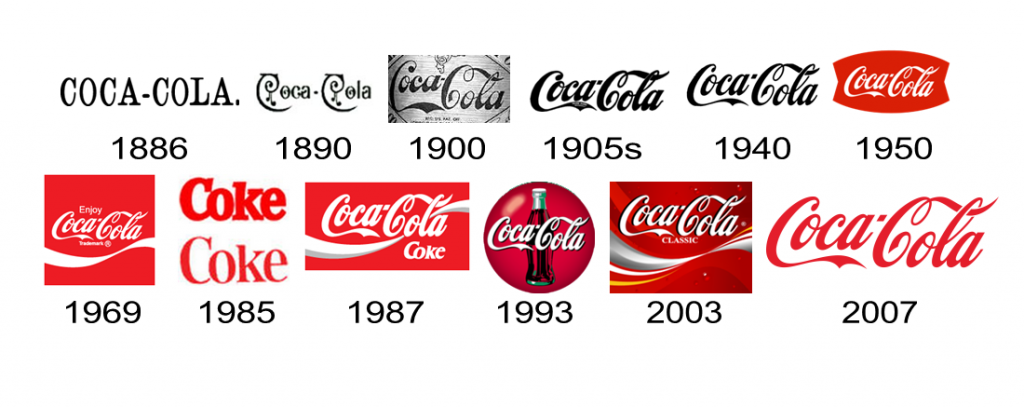Janine Butler’s article “Where Access Meets Multimodality: The Case of ASL Music Videos” offers an understanding of the benefits of ASL music videos on methods of communication. The article covers the ideas of embodiment, multimodality, accessibility, and pedagogy. The author argues that ASL music videos are more accessible to audiences due to the deployment and utilization of various modes of communication. Movement, captions, and design all work together to create a cohesive video that portrays the content and emotion of music. The author desires individuals to recognize the need for accessible content, especially in the classroom. The pedagogy sections were particularly interesting because the author illustrated how they challenge students to learn about and create ASL music videos in order for them to better understand their value. Students are required to analyze, design, reflect on, and redesign an ASL video in order to thoroughly comprehend the accessibility of multimodal compositions.
My first year of college I took ASL, and we discussed the significance of ASL music videos in the deaf community. Movement combined with signs helps convey the content and emotion of songs. I was interested to learn about how captions are also incorporated into ASL music videos. I did not realize how important timing, placement, font, and size of captions contributed to the overall music video. During this course, we have paid a lot of attention to font choices to ensure we choose fonts that portray a certain meaning or tone for our document. The importance of those decisions are amplified in ASL music videos. It is really easy to see in the ASL music videos how important these font choices are. The wrong font or size could drastically change how the content or emotion is perceived. With regards to the idea of pedagogy, it is important for students to practice and obtain analytical design skills, so that they can create accessible content. In ASL music videos, they are able to utilize multimodality to communicate the message of the music video as clearly as possible. Design students should fully understand the power of each mode of delivery that is incorporated into a document or video, so that they can better choose how to fully and clearly communicate a message to a variety of audiences.
How can you apply the idea of multimodality to create stronger rhetorical strategies in different types of mediums other than video?
Image Credit: Pinterest.com









